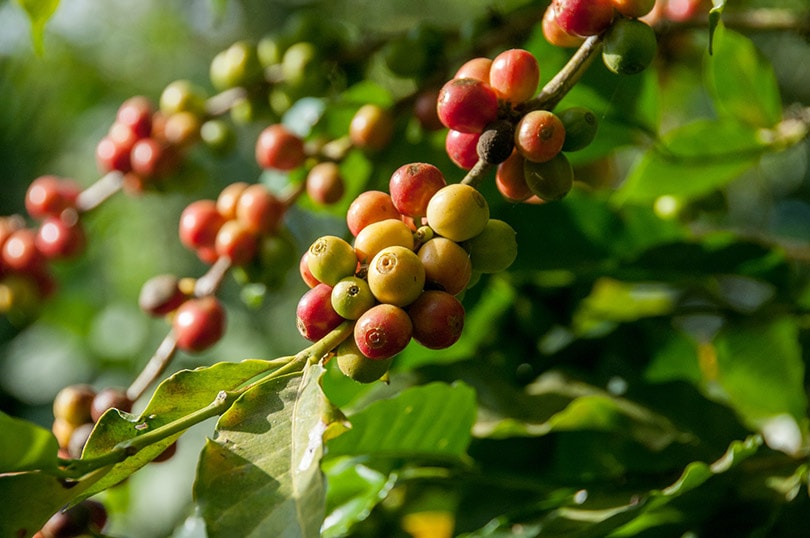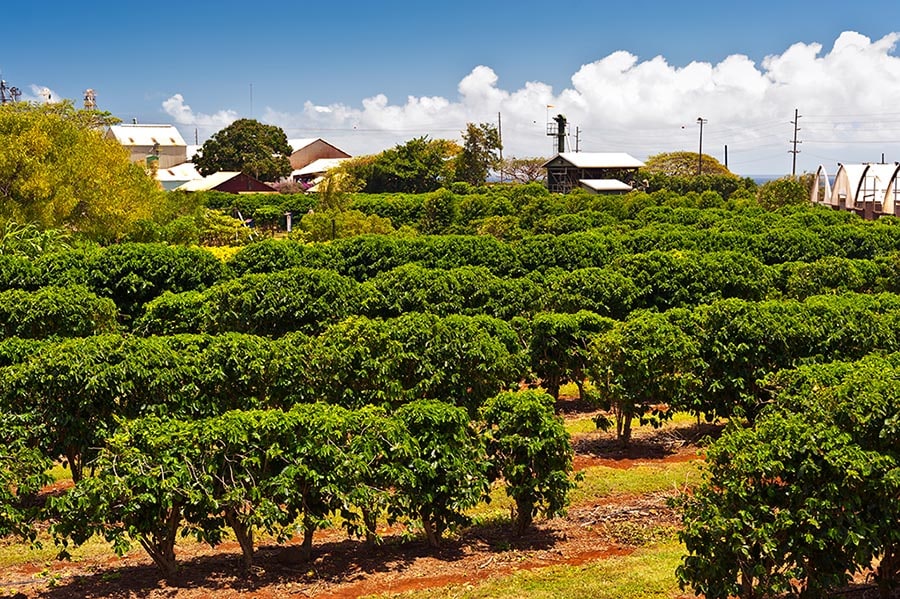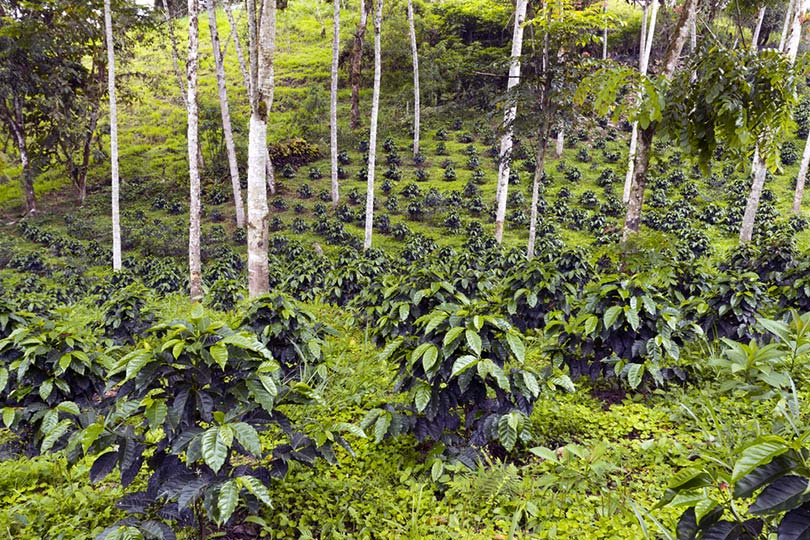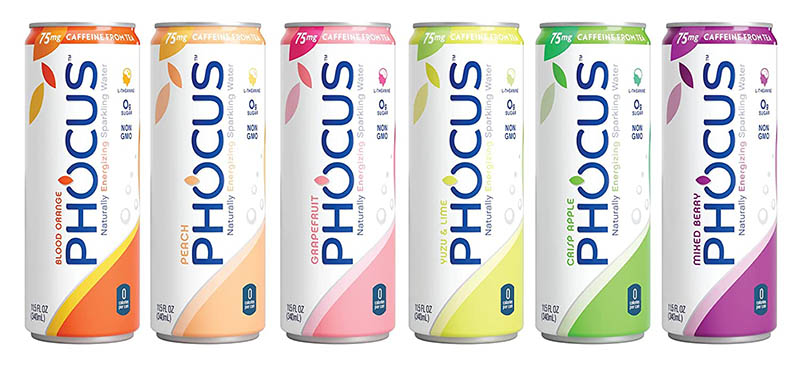
Coffee is the one beverage that many of us find we can’t do without. Waking up each morning to a fresh cup of joe leaves coffee lovers feeling revitalized after a long night and ready to face the day. Mornings aren’t the only time we enjoy this beverage, however. Throughout the day coffee lovers stop by drive-thrus and local coffee shops to grab a to-go order of their favorite coffee beverage in hopes of keeping themselves caffeinated.
The awakened, refreshed feeling coffee gives us may be the reason we enjoy it, but there’s more behind the scenes when it comes to coffee than meets the eye. There’s an entire multi-billion-dollar coffee industry that most coffee enthusiasts know nothing about. Unfortunately, most coffee drinkers don’t stop and take into consideration how their beloved brew could be impacting our environment. In this article, we’ll take a closer look at some of the environmental impacts of coffee.

The Environmental Impact of Coffee
What do we mean when we say the environmental impact of coffee? The answer is simple. It’s the amount of damage coffee growing, production, and consumption does to the world around us. In case you were not aware, every aspect of coffee can negatively impact our planet. From our rainforests to our birds, animals, insects, and waterways, the aftermath of dangerous coffee production is building up. It is up to us, however, to learn about this damage and work diligently to stop it and protect our environment.

Major Environmental Problems with Coffee Production
Have you ever taken the time to learn how coffee is grown and produced? If not, it is quite interesting. You see, coffee plants need tropical or subtropical environments to grow. They also need higher elevations and the protective shade provided by a canopy of trees that are also critical in providing habitats for animals and fighting soil erosion.
When all of these ingredients come together, a working landscape is created and coffee farms are born. This way of growing coffee is considered a traditional, more environmentally sound method. Unfortunately, not all parts of coffee production are considered good for the environment. Let’s take a look at some environmental problems we face thanks to the production of coffee.
Sun-Grown Coffee and Deforestation
With the high demand we have for coffee, producers need to develop other growing methods. In the 1970s, sun-grown coffee emerged. This method of growing coffee stemmed from clearing trees to plant large plantations. This deforestation has negatively affected regions due to the loss of plant life and lack of habitat for animals, birds, and insects. While it is easily the method that offers the highest yield of production, it is also the worst method for our planet.

Water Contamination
Water contamination is another major concern when it comes to coffee production and the environment. Organic chemicals are often expelled from coffee production plants. When this happens, it’s common for those pollutants to find their way into rivers and other waterways. This affects the oxygen fish and other aquatic creatures need to survive. It also damages aquatic plant life these animals use for food and to protect themselves.
Damage to the Soil
When traditional coffee growing methods are abandoned, the cover provided by trees is lost thanks to sun-grown coffee plantations. This causes higher rates of erosion on the coffee plantations. As with so many other things, this damage can create a domino effect and cause issues for the soil around the plantation and beyond.

The Use of Chemicals
Sun-grown coffee is known to draw pests to plantations. Thanks to this issue, dangerous pesticides and other harmful chemicals are often used. These chemicals can be dangerous to the people in these areas, the animals, and of course the water when the chemicals make their way there. More traditional means of growing coffee do not require this heavy use of chemicals and are considered safer in this regard.

Is Drinking Coffee Bad for the Environment?
Are you concerned about your coffee habits and their effect on the environment? If so, then it’s time to take a look around your kitchen and determine whether your way of enjoying coffee is sustainable. Do you use coffee pods and paper filters? Do you buy coffee that isn’t sustainably sourced? By asking yourself these questions you can learn how detrimental your coffee drinking habits are to the world around us. Here are a few things you can do to help.

Avoid Waste
Plastic K-cups are hard to recycle thanks to their small size. To avoid having these items lying around the landfill, try using reusable coffee pods. These inexpensive containers can be bought in most stores and online. You simply fill them with the suggested amount of coffee then pop them in your single-cup maker. You’ll still have your quick cup of coffee without the plastic waste.
Paper coffee filters should also be avoided. While you may not think they’re a big deal due to how thin they are, using one every day for your coffee does add up. This is why reusable coffee filters have become so popular. A reusable filter can be added to your brewing system and then washed and reused each time you want a fresh pot.
Sustainable Coffee
Another ideal way of ensuring the coffee in your cup isn’t bad for the environment is to seek out sustainable coffee. What is sustainable coffee? It is coffee that is grown without harmful impacts on the environment and in ways that promote the livelihoods of the farmers themselves. With the popularity of sustainable coffee practices on the rise, you can often find these coffees labeled and ready to purchase when you need to restock your coffee supply.

Final Thoughts on Coffee’s Environmental Impact
While we may love coffee, it’s important to keep the production of our favorite beans from harming the planet we call home. Coffee, from the planting of the first seed to the pouring of the cup, impacts our environment. Thankfully, there are ways we can help put a stop to dangerous coffee production methods and do what’s right to protect the world around us.
See also: Nicotine vs. Coffee: Which Is Worse for You?
Featured Image Credit: Rodrigo Flores, Unsplash
Table of Contents













